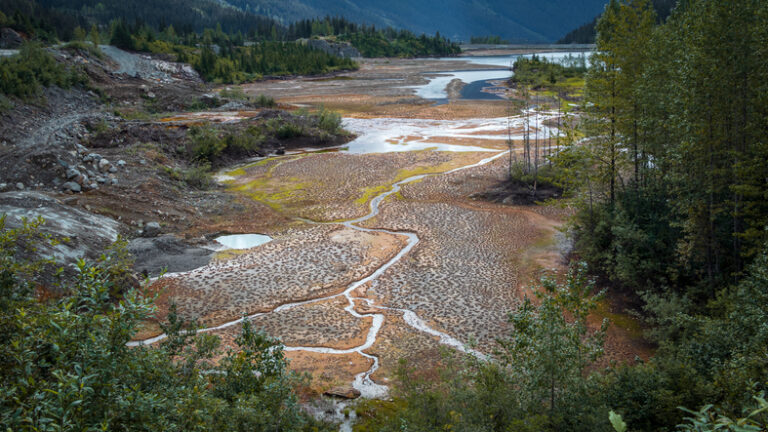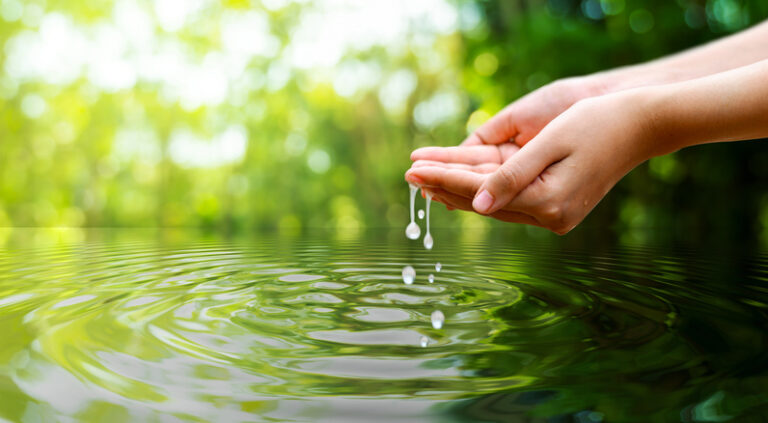A new tool will help the public and scientists better understand the health of the Lake Winnipeg watershed.
Lake Winnipeg DataStream is an open-access, online hub for securely sharing water quality data. It is led nationally by The Gordon Foundation and delivered locally in collaboration with the Lake Winnipeg Foundation (LWF).
Dozens of monitoring programs are collecting scientifically robust data about the Lake Winnipeg watershed in order to track and better understand any changes to freshwater health. The challenge until now has been accessing the data generated through these diverse programs. This is what Lake Winnipeg DataStream is designed to do.
Lake Winnipeg DataStream is free and doesn’t require passwords. The platform was built with community monitors, policy-makers, and researchers in mind.
“In the past it’s been difficult to access freshwater data,” said Sherry Campbell, president and CEO of The Gordon Foundation. “That poses challenges both for identifying environmental issues that impact Lake Winnipeg as well as for developing effective, evidence-based watershed management policies.”
LWF coordinates the Lake Winnipeg Community-Based Monitoring Network, which mobilizes citizens to collect water samples across Manitoba. With support from conservation partners and the guidance of LWF science advisors, this growing network is identifying phosphorus hotspots – localized areas that contribute higher amounts of algae-causing phosphorus to local waterways than other areas.
“Lake Winnipeg DataStream provides us with an online platform to share citizen-generated data broadly with our partners and the public,” said Alexis Kanu, executive director of LWF. “When data are available to everyone, new collaborations and innovations are possible.”
In addition to citizen-generated phosphorus data, Lake Winnipeg DataStream will also host historical data collected by government and academic organizations throughout the entire basin – extending from northwestern Ontario into Alberta.
“Communities are excited to get their hands on some of these long-term datasets,” said Carolyn DuBois, water program director at The Gordon Foundation. “Lake Winnipeg DataStream makes it much easier to see where datasets exist. Then community groups can compare their results—collected more recently—against programs with 40 or 50 years of data to get a much better sense of how the watershed is changing.”
The International Institute for Sustainable Development (IISD) is one of the organizations contributing long-term data.
”IISD Experimental Lakes Area, in the Upper Winnipeg River portion of the Lake Winnipeg watershed, is the world’s freshwater laboratory and is thrilled to have contributed data from its unparalleled 50-year dataset on the health of boreal lakes,” said Geoffrey Gunn, geographer at the IISD Experimental Lakes Area. “This partnership will build stronger connections between citizens and professional scientists, helping us better understand threats to our fresh water and make robust, evidence-based decisions.”
Two other DataStream platforms have launched since 2016 – serving the Mackenzie Basin and Atlantic Canada. Currently, all three platforms make available approximately one million unique freshwater measurements collected across ten provinces and two territories.
Explore the open-access datasets here.









